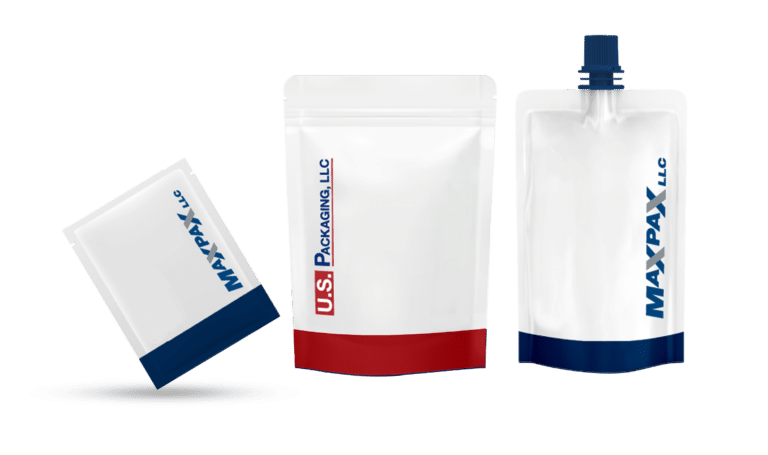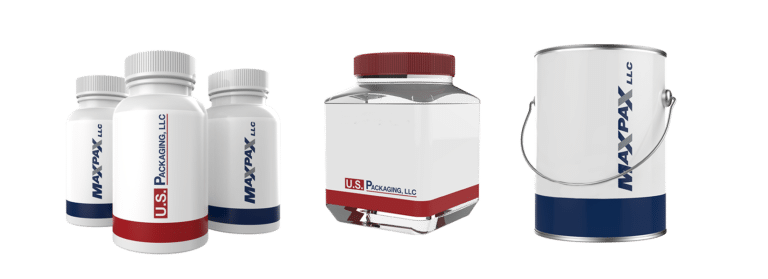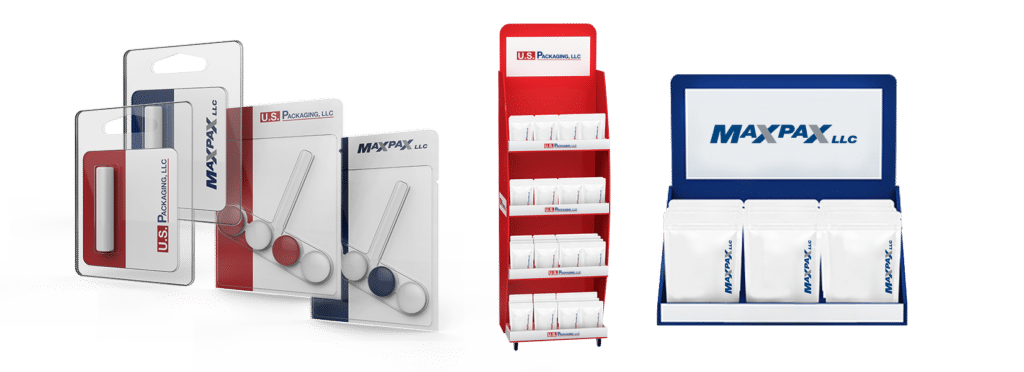
Whether you’re a major CPG brand or a fast-scaling startup, your ability to move solid products efficiently through the supply chain can make or break your growth. From candy and cleaning tablets to automotive items and shelf-stable foods, solid product packaging is critical in how your product performs in storage, transport, and on the shelf.
So, how do you ensure your packaging is designed for optimized distribution? Let’s break it down.
The Purpose of Packaging in a Fast-Moving Supply Chain
Solid product packaging isn’t just about aesthetics or containment. It’s key in logistics, cost management, product safety, and customer experience. For supply planners, contract manufacturing managers, and external manufacturing teams, it’s a balancing act—protecting the product while keeping shipping efficient and packaging processes scalable.
At high volumes, the wrong packaging can mean:
- Wasted warehouse space
- Damaged goods in transit
- Increased shipping costs
- Lost retail shelf presence
- Inefficient automation on co-man lines
Optimizing your solid product packaging means designing with the entire supply chain in mind.
Key Considerations for Optimized Distribution
1. Material Durability
Solid products—from dishwasher pods to protein bars—need packaging that can withstand movement, stacking, and shifting during transport. Consider impact-resistant materials or custom inserts for fragile or shaped products.
2. Form Factor & Stackability
Uniform shapes (like rectangles and squares) are your best friend for maximizing palletization. Avoid oddly shaped packaging that limits how many units fit into a box, shipper, or pallet.
3. Packaging Automation Compatibility
If you’re a startup scaling quickly, don’t overlook machinery compatibility. Packaging formats that are friendly to automated filling, sealing, and boxing lines will support long-term scalability and keep costs down.
4. Regulatory & Retail Requirements
From food safety to labeling, make sure your solid product packaging meets industry regulations and aligns with retailer expectations. Noncompliance can result in costly rework or delays.
5. Consumer Experience
Even distribution-optimized packaging should be intuitive for the end user. Make it easy to open, reseal (if needed), and store at home. This encourages repeat purchases and builds loyalty.
Why It Pays to Work with a Contract Packager
Partnering with a turnkey packaging provider can accelerate success for startups or resource-limited internal teams. At MaxUS Operations, we specialize in solid product packaging for high-growth brands and enterprise CPGs. Whether you need mid-size test runs or high-volume packaging solutions, we flex with you.
From pouch filling and canister sealing to carton packaging and labeling, our facility is built for scale and optimized for speed and quality.
Final Thoughts
Solid product packaging doesn’t just carry your product—it carries your brand. With the right strategy, materials, and manufacturing partner, you can optimize every step of the distribution process while protecting margins and delighting consumers.
Whether managing third-party manufacturing or trying to bring a new SKU to market quickly, don’t overlook the impact of innovative, scalable packaging with MaxUS Operations.






